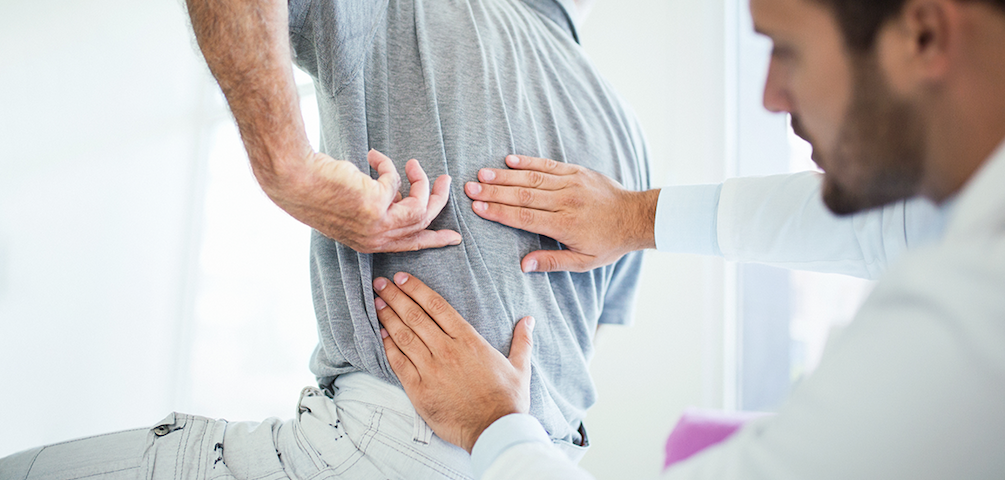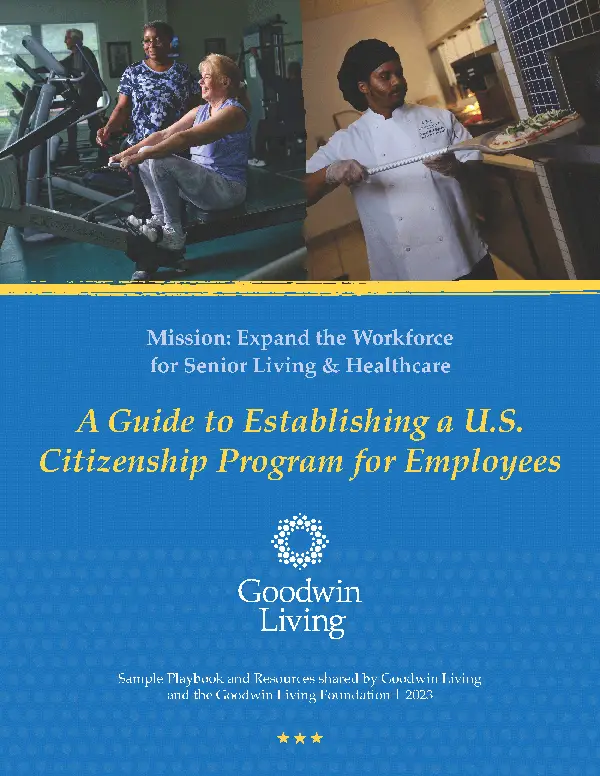
Live Wisely - January 27, 2019
Is it normal to have aches and pains with age? Unfortunately, yes. We can expect to experience body aches and pains as we grow older. But do we know why? Understanding the underlying reasons for a throbbing elbow or the increased tendency to pull muscles makes a world of difference in how we process that information and treat symptoms.
If you’re more aware of how your body is changing, you can take steps to avoid or mitigate musculoskeletal problems and pain. Even if the effects of gravity or your particular genetic tendencies are unavoidable, knowing how to ease your current source of discomfort can brighten your outlook.
Life’s aches and pains also may act as valuable warning signs about where your health is heading. Take a look at what you can control now, so you’ll have greater command over tomorrow.
Three major sources of physical pain for seniors are joint pain, muscle strains and trauma from falls and broken bones. We become more susceptible to these as we age because the risk of certain chronic conditions rises over time. Progressive illnesses begin to show symptoms near or after age 60, including these three conditions:
Osteoporosis, a weakening of the bones, affects both men and women, although the condition is more common in women. Smaller bones combined with a loss of estrogen beginning in menopause makes women more susceptible to bone loss.
Bone cells go through a life cycle of generation, maintenance and death. When we are younger, we build bone mass by creating new bone more quickly than we break it down. Over time, this process slows and eventually more bone mass is lost than replaced, and our bone density diminishes. Weaker, more brittle bones are more vulnerable. Fragile bones are at a greater risk of fracture and can take longer to heal.
Sarcopenia is a fancy name for muscle wasting. Older bodies are less efficient at absorbing and using nutrients. Smaller appetites make us less likely to consume all the foods we need to stay healthy. When these elements combine, we may lose muscle mass.
Reduced muscular vitality makes us less flexible and strong. Simple actions from a sneeze to a stretch can precipitate “pulled” muscles, resulting in inflammation and pain. Weak muscles can also affect balance and increase the risk of falls.
Arthritis occurs when the tissue surrounding or lining the joints breaks down and periodically becomes inflamed. Osteoarthritis affects cartilage, while rheumatoid arthritis affects the joint capsule.
These and less common types of arthritis may either prompt or be caused by a wearing down of the adjacent bones. That dull or grinding ache reminds you to take it easy with a knee, elbow, wrist or other problem joints.
You might not avoid some aches, though you can alleviate some of the pain. Maintaining a healthy weight and monitoring your nutrient intake is good advice for any musculoskeletal condition. You can also use judicious self-care to alleviate inflamed or sore muscles, joints or bones.
Watch your diet! Older adults face a growing risk of nutritional deficiency, partly due to physical changes and partly due to reductions in appetite or dietary variety. For bone and joint health, foods that are high in healthy fats, calcium and vitamin E are important. Get good fats and vitamin E from foods like olive oil, salmon, almonds, peanut butter and avocados.
Low-fat dairy products and canned whole sardines are good sources of calcium, which strengthens bones. In order to absorb the calcium, your body needs vitamin D. If you don’t get much vitamin D through body exposure to sunlight, take a daily supplement.
Maintain muscle mass by getting plenty of low-fat protein. Fish is ideal, while lean chicken and beef are your next-best bets. Beans and corn in combination provide a high level of protein, as do soybean products, peanuts and almonds.
Turn down the heat of inflammation and feel better. Alternating hot and cold compresses offers immediate muscle and joint relief. You might try a warm bath followed by application of a cold pack kept in the fridge.
Regular stretching and gentle exercise prevent or reduce inflammation by keeping tissue supple and increasing the space between areas that rub, such as the shoulder bursa and joint socket.
And, finally, rest is something many of us often forget. If you suffer a strain or are coming back from an injury, stay off the affected area to keep inflammation and pain to a minimum. Along with exercise, rest may be the least expensive and most effective way to rise above your aches and pains.
